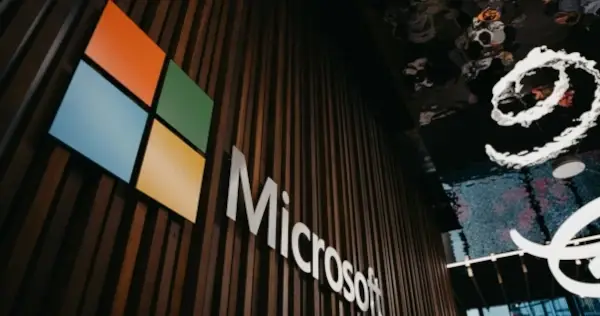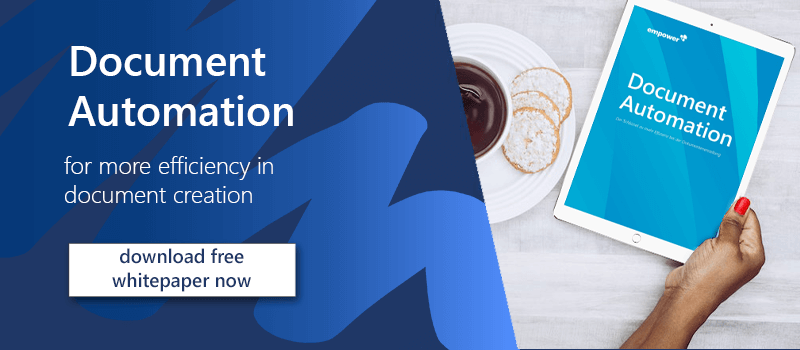Smart license management that reduces costs: now it counts
To stay competitive in today's market, companies rely heavily on technological solutions. Software supply and demand in numerous business areas are substantial. Managing various software licenses requires significant administrative effort.
Providing software solutions by the IT department is increasingly complex and sometimes circumvented by business departments. Consequently, obtaining a comprehensive overview of company-wide software use and procurement is increasingly challenging or even unfeasible. Losing track of this fundamental business requirement risks unnecessary expenditure on unused licenses or unauthorized software. Intelligent license management cuts costs and diminishes security risks.
Who's in charge of managing licenses?
Who keeps track of the business' software? Each individual business unit on its own, the IT department, purchasing or management?
This question can't be answered in a blanket manner. Definition of roles and responsibilities in various departments and designation of the employees responsible for them are decisive factors for successful license management. Delegating software management ensures that all areas of the company are involved in license management, and potential risks get identified and assessed from different perspectives.
License managers play a key role. Depending on the company's size and organizational structure, they may be involved in day-to-day operations or strategic planning and coordination of license management. Regardless of their focus, they serve as the primary contacts for all licensing-related matters in the company.
Effective license management represents a combination of processes, responsibilities, data preparation and processing, with the assistance of appropriate tools and extensive knowledge of licenses and products.
Step by step method to reduce costs

Several steps are needed to achieve savings. These include identifying, monitoring, optimizing, and managing software licenses.
1. Identify software licenses
Identifying all existing software licenses within the company is the first, crucial step. This can be quite challenging since companies often possess multiple software licenses that are dispersed among different departments and locations.
2. Monitoring software usage
The next step involves monitoring software usage to identify which licenses are actively in use and which aren't. It's important to include employee onboarding and offboarding processes in the overall software monitoring process. Are PCs or laptops stored with full a software complement when they're handed over to employees? Do devices get software resets when employees hand them back? Are SaaS licenses transferred when someone leaves, or is the number of licenses reduced?
Actual savings only come from removing unused software. Unfortunately, unused software often isn't uninstalled. That prevents licenses from being returned to the license pool for further use. Instead, new devices for new users are equipped with the same software, and possibly even new licenses are purchased.
To prevent unnecessary licenses, consider implementing an agreement with your provider company wherein licenses automatically return to the license pool after 30 days of inactivity. This will allow for alternative usage by another party if necessary.
3. License optimization
The inventory is followed by license optimization. Companies must ensure they pay only for the licenses they need and use. This involves (re)negotiating agreements, consolidating existing ones, comparing different license models, and cancelling unnecessary licenses. Three months before renewing any contract, check license usage. Ask your vendor for a license report if you can't view license usage.
Although subscription models are gaining popularity, it's important to exercise caution. This trend has the potential for significant savings, but often users don't fully utilize the features included in their subscription. As a result, subscription licenses can become a financial burden similar to a gym membership: entered into with good intentions, then forgotten. It's crucial to keep intelligent license management in mind to avoid this.
4. License management
Finally, focus on license management. Companies should always have accurate records of all software licenses and changes. This ensures that expiring licenses are renewed in a timely manner. To ensure you don't get a nasty surprise when you've used up your license quota, you can agree a reserve with your vendor company. In this way, you ensure flexibility even when the agreed license quantity is reached.
An enterprise license can streamline administration by allowing for centralized management across multiple users or devices. This applies to both provisioning and updating as well. In comparison to individual licenses, enterprise licenses also offer a lower cost per user or device.
You don't have to perform the above steps manually. Various solutions for license management—also called Software Asset Management (SAM)— help companies efficiently manage their software licenses. These tools identify and inventory all programs used in the company, indicate underlicensing or overlicensing, and demonstrate potential for savings and optimization.
License models
There are numerous licensing models, which can make it difficult to keep track of them all. Understanding the key differences is essential to identifying targeted savings.

| License terminology | Variations |
| License types | Single-user licenses and multi-user licenses (volume licenses) |
| Licenses classes | Full version, upgrade, update, add-on, client access |
| License metrics | (Named) User, concurrent user, configuration item, CPU, core, VM, device, MIPS/MSU, node, session, site, transaction |
The two most common licensing models are named licenses and concurrent licenses. Let's delve deeper into them.
Named licenses apply to each individual user. While concurrent licenses tend to cost more than named licenses, there are often opportunities to save expenses with the concurrent license model. This is because multiple users can use one license code. This model specifically makes sense for companies where employees work at varying times, such as in shifts when staff members may access the software at different times. In contrast to the named model, the concurrent model necessitates only half the number of licenses for two work shifts.
Within the concurrent license model, the "peak model" has become a popular billing practice. Even if a concurrent license doesn't specify a concurrent use limit, calculating the number of licenses used is necessary for billing purposes. The peak model records the highest number of concurrent resource uses during a specific period.
Modern application deployment solutions allow for monitoring software usage. Access to applications is restricted either to certain individuals or groups, or a defined upper limit of simultaneous accesses is in place. The former variant is typically used with the named license model. However, if the concurrent license model is in effect, the latter variant comes into play. In this case, an intelligent license management system logs the number of users that are currently using a program. When the maximum number of licensed users is reached, additional program initiations will be prevented until a license becomes available.
Everything under control
Software licenses are a significant expense, so companies must manage them systematically, particularly in IT departments. A Capgemini study found that around 58% of surveyed managers from Germany, Austria, and Switzerland in 2022 said that their company's IT budget would increase in 2023 in comparison to the prior year.
The foundation of effective control is software asset management along with a precisely defined procurement process and frequent cost control. This is achieved through an IT strategy that considers not only the business requirements for the next year, but also establishes a methodology and organizational framework for regularly implementing vendor and platform strategies, as well as corresponding policies. This is the best way to avoid hidden costs and risks caused by decentralized or re-coordinated software procurement.
Expenses associated with acquiring software, such as purchase cost, may make up only a small portion of overall costs. Unanticipated and unbudgeted expenses of owning and operating software, from installation to ongoing use, maintenance, and removal, represent a significantly larger cost factor than acquisition costs alone. Additional factors, such as necessary hardware (servers, more robust PCs, etc.), IT expenses (external service providers, consultants, etc.), and internal training, must also be considered.
With more employees working remotely from home, there's a growing need for standardized business software implementations. The focus shouldn't only be on applications that employees install independently on company computers or mobile devices used by field staff for work purposes.
Conferencing tools like Zoom and Microsoft Teams, shared word processing through platforms such as Google Docs or Zoom Docs, and company software on personal laptops while working from home have become widespread. While often introduced as a quick fix, these practices are frequently poorly documented and are established as unofficial routines. They may work temporarily, but data protection concerns, cyber-attacks, or potential violation of software license agreements can pose risks.
Intelligent license management prevents the latter and helps reduce costs while efficiently managing IT budgets.
For more tips and tricks on efficiency and cost optimization in Microsoft 365, check out our free webinars and events.
You May Also Like
Related articles

Zoom Docs: a new offer from the video conferencing platform

Microsoft Cloud Security: insights into security in the cloud


